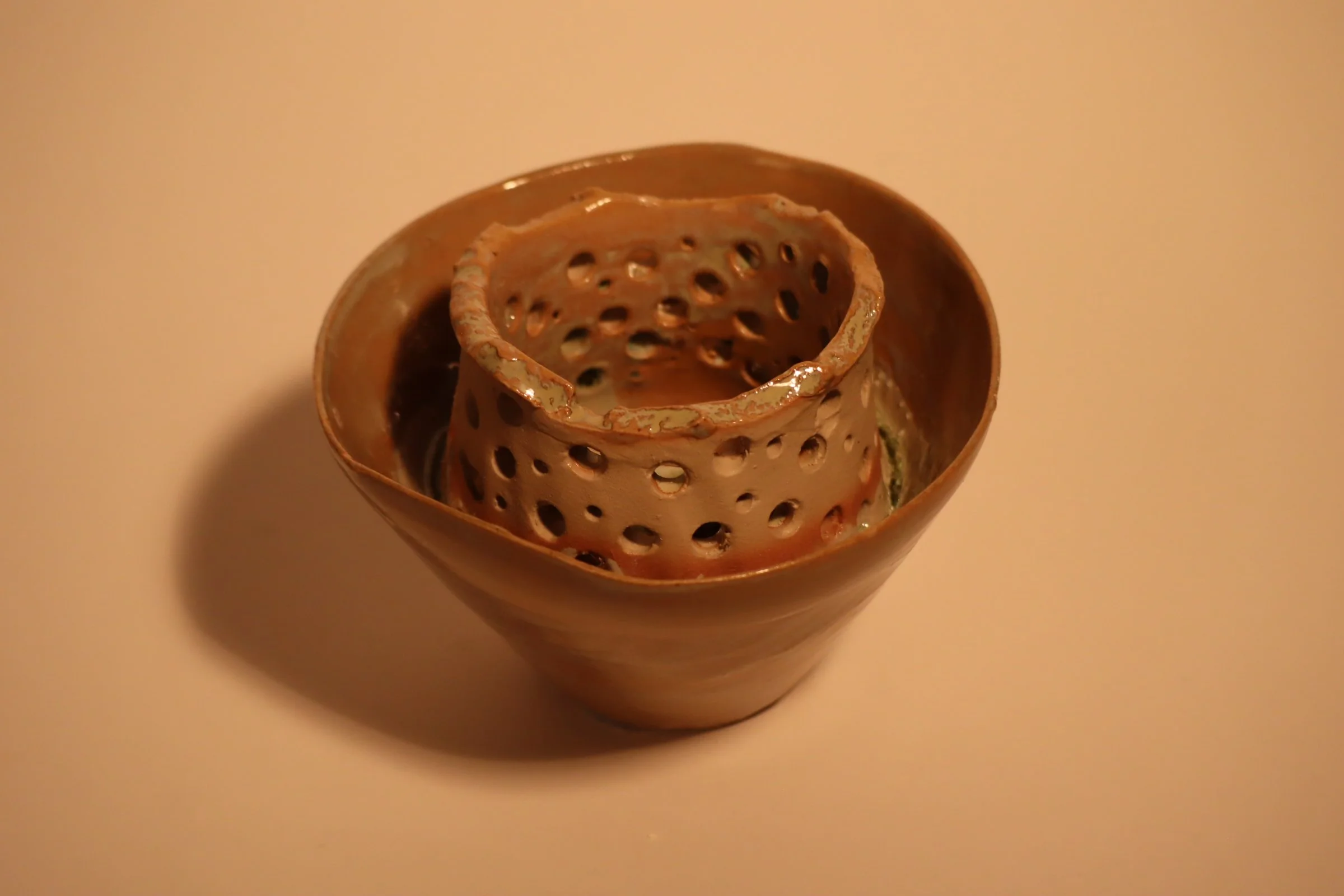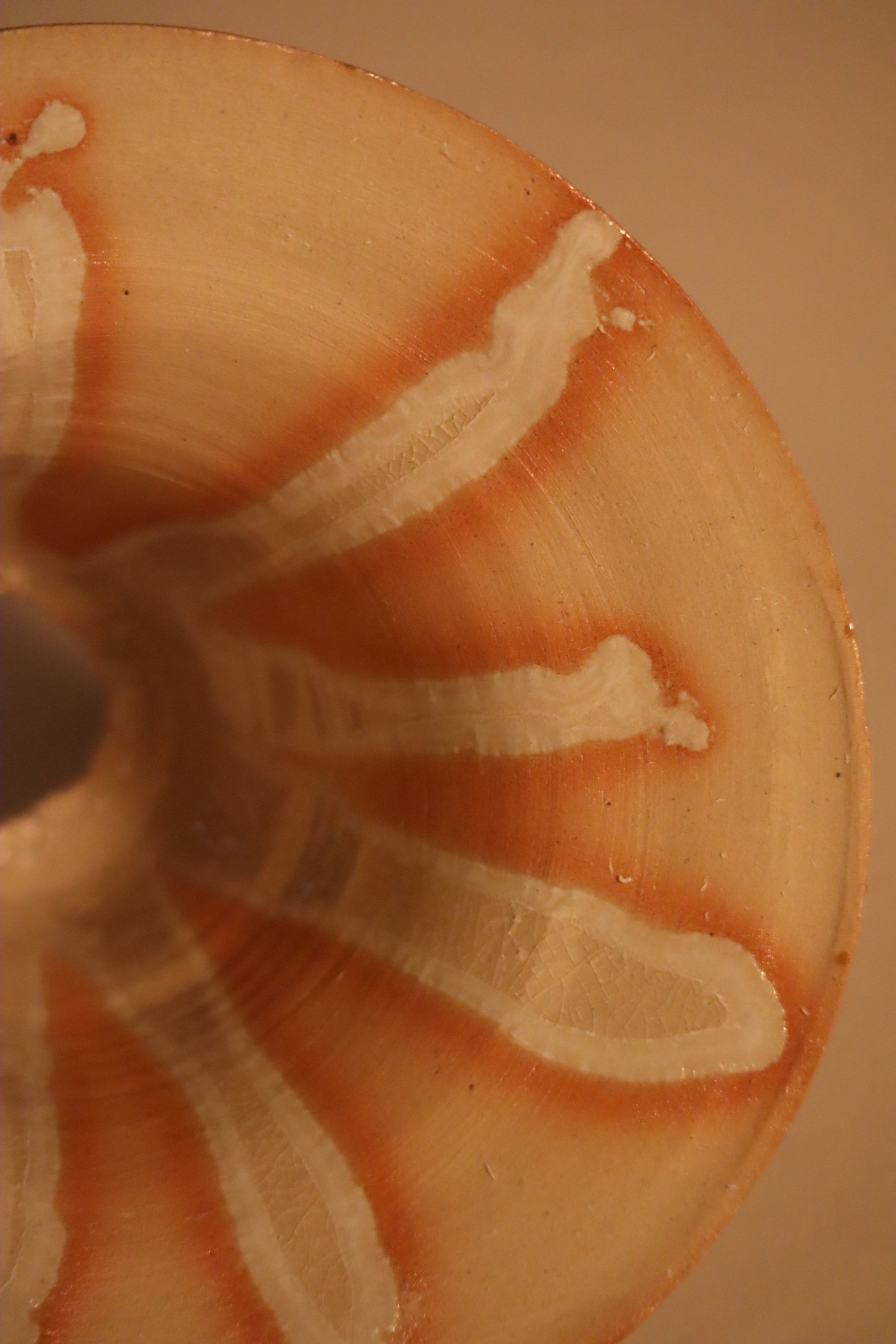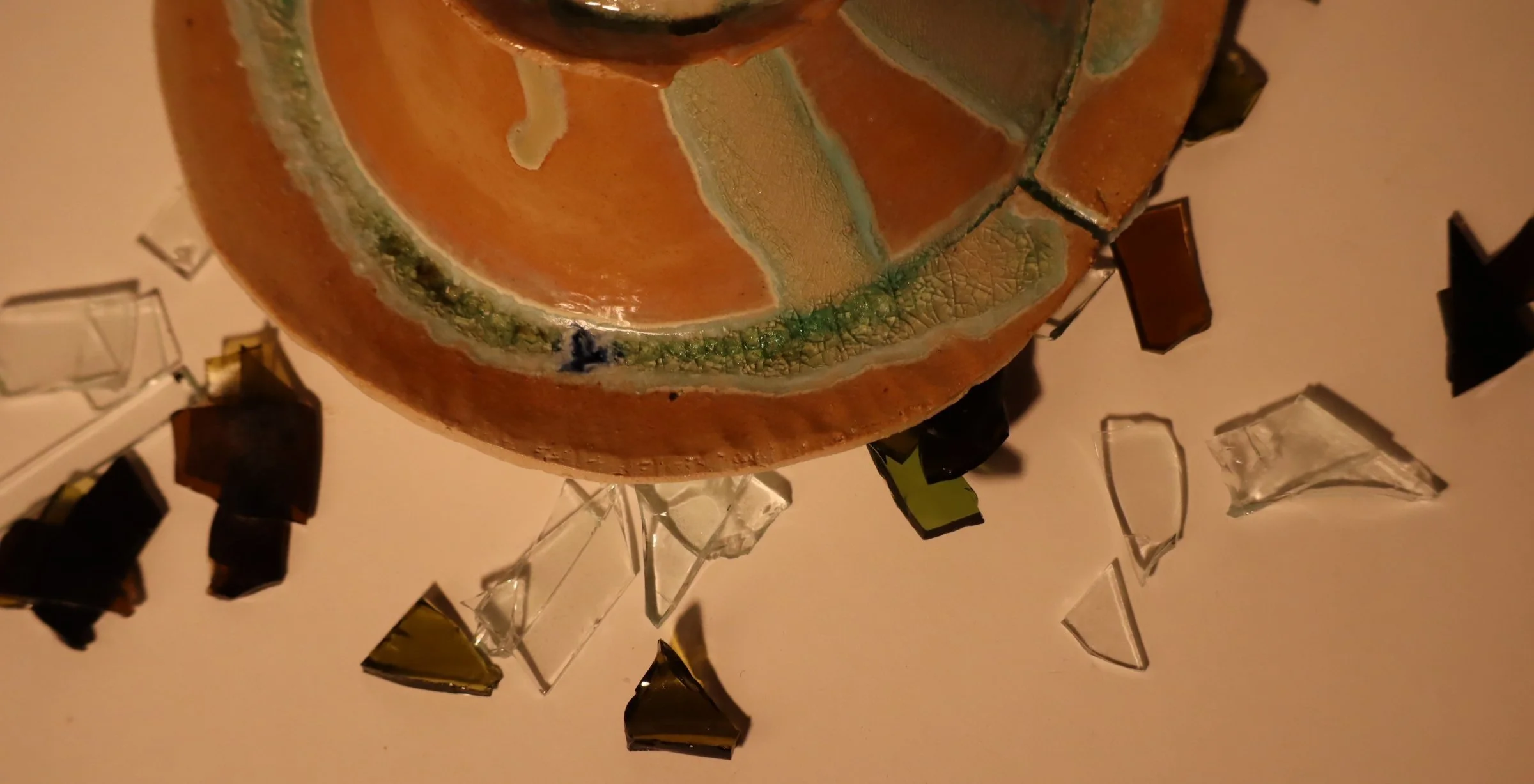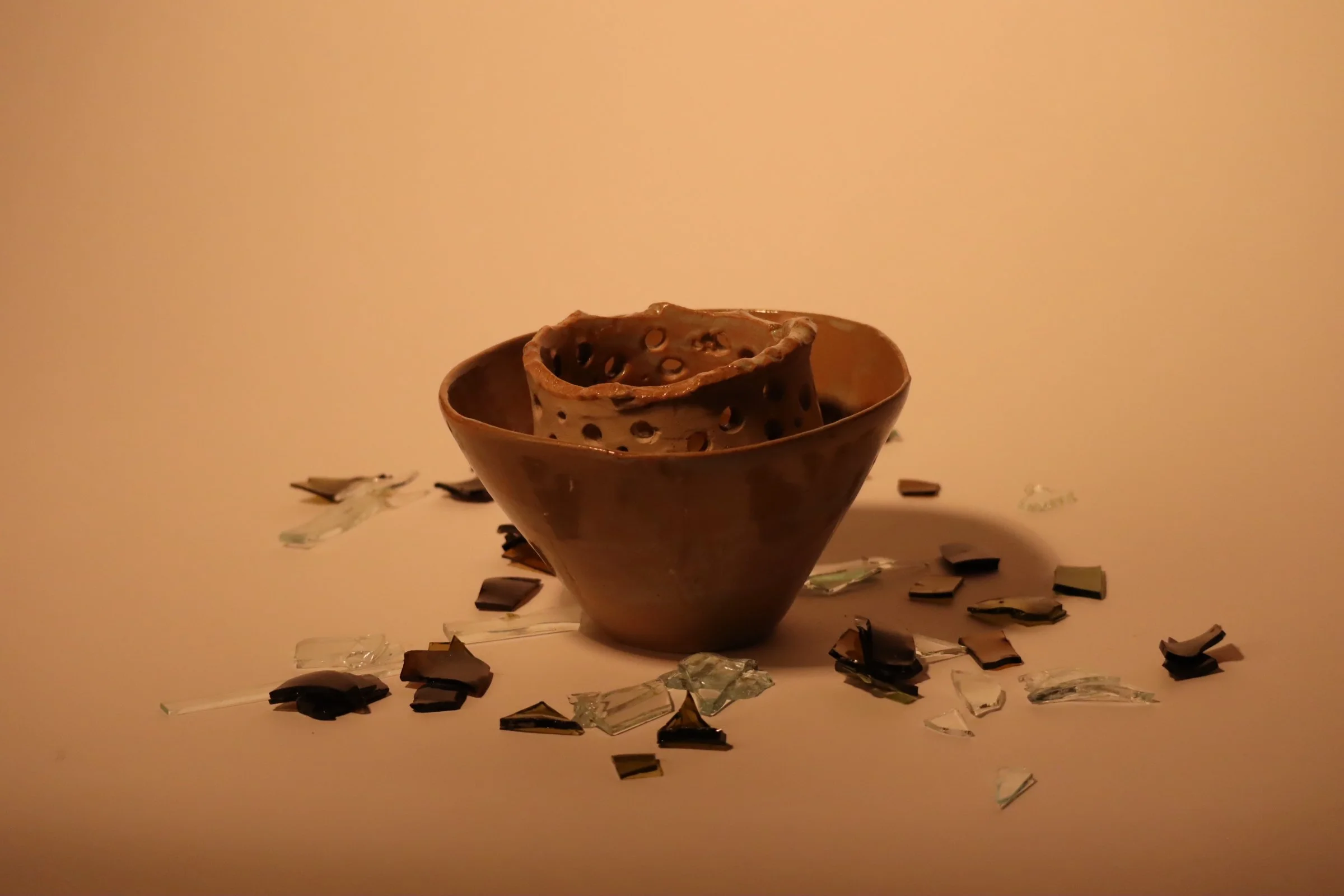Illuminating Sustainability
Illuminating Sustainability
Storytelling
My Design Vision for a Futuristic Ikea
IkEA, the once popular Swedish furniture store built on the slogan “Healthy & Sustainable Living” had transformed into a community space, where people could come together to not shop for furniture, but to actively participate in recycling and reusing waste materials. The concept was simple - in order to customize and build their own furniture, customers had to bring in old plastic, cardboard, or recyclables to contribute to the creation process. In 2050, IKEA will offer a ceramic studio where a designer works with the customers to witness the process and order personalized keepsake lampshades by choosing the shape, size, and color, and utilizing old glass products for unique designs.
Americans dispose of some 10 million metric tons of glass annually. Most of it ends up in the trash. Only about one-third gets recycled. That's not because of some intrinsic materials or chemical property that makes glass difficult to recycle. External cullet is waste glass that has been collected or reprocessed with the purpose of recycling. External cullet (which can be pre- or post-consumer) is classified as waste. The word "cullet", when used in the context of end-of-waste, will always refer to external cullet.
As word spread about the unique offerings at IKEA, the store became a destination for those looking for something more than just furniture. It was a place where people could come and connect with others, unleash their creativity, and make a positive impact on the planet.
In the end, IKEA had successfully reinvented itself as a beacon of sustainability and community engagement. The custom lamps made at the ceramic studio became a symbol of hope for a brighter future, where art and eco-consciousness could coexist in harmony. And as more and more people flocked to IKEA to experience this new way of living, the world began to change for the better.



